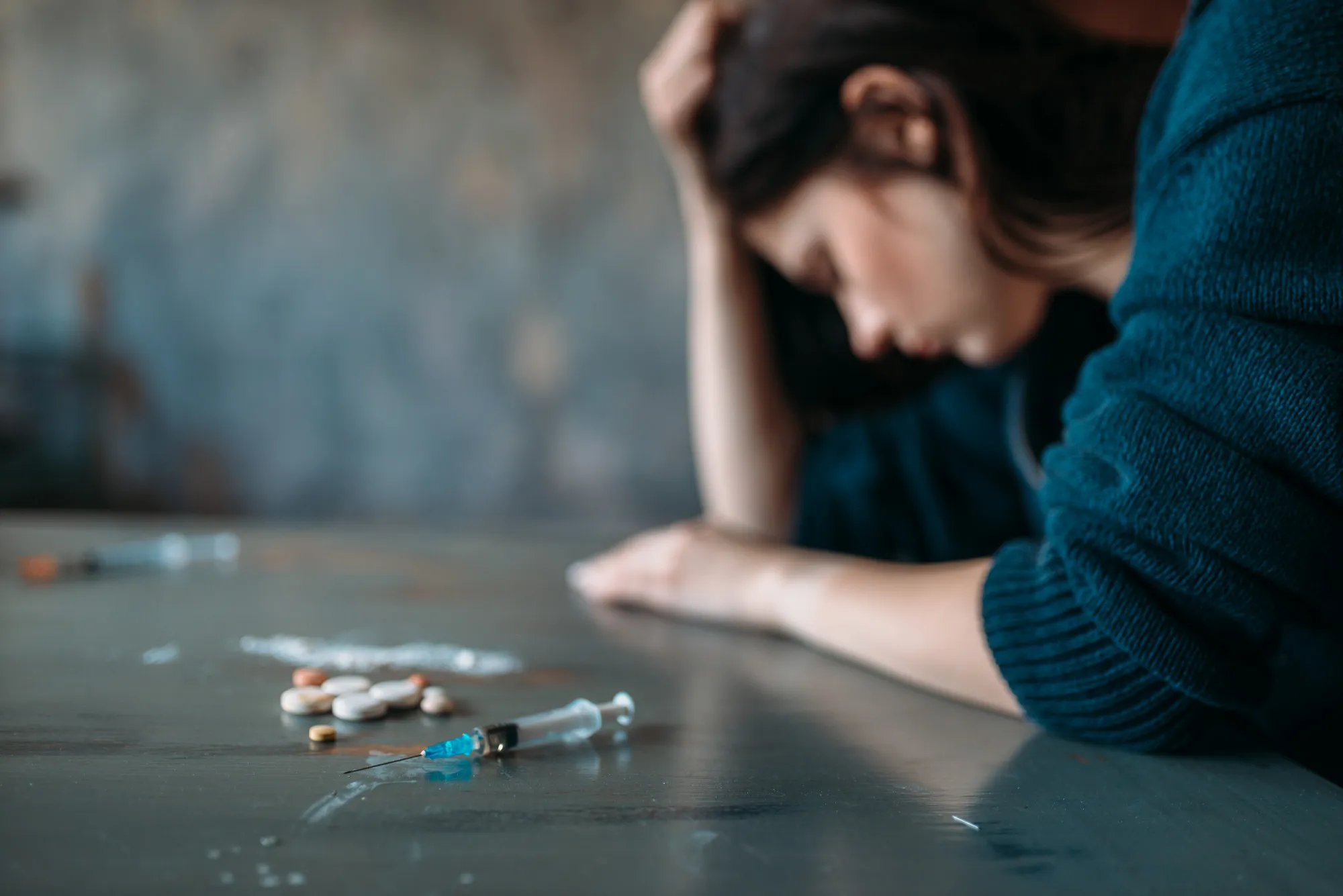A recent case-control study in Yasuj city, published in the journal Substance Abuse Treatment, Prevention, and Policy, has revealed profound insights into the predictors of substance use disorder among individuals in Iran. As substance abuse becomes an escalating issue with significant implications on public health and societal costs, understanding the intricate interplay between family, social, and individual factors is critical in preventing and treating substance use disorder.
The Study’s Design and Findings
The research, titled “Family and social predictors of substance use disorder in Iran: a case-control study,” represents the second phase of a broader investigation into substance abuse in the country. The study, conducted between 2015 and 2016, scrutinized 362 addicted participants diagnosed with substance use disorder and 207 controls who were male hospital visitors with no history of substance use disorders. Data were collected via a detailed self-administered questionnaire.
Demographic, Social, and Behavioral Patterns Linked to Substance Use Disorder
The multidimensional approach of the study highlighted the influence of various demographic, social, and behavioral factors on one’s propensity towards substance use disorder. Notably, the presence of sisters (OR = 0.82, 95%CI = 0.68 to 0.99, P = 0.04), history of smoking, level of education, and leisure time activities were identified as significant predictors. Among these, smoking emerged as the most potent risk factor, while familial engagement, specifically spending leisure time with family and having sisters, appeared as strong preventive influences.
The Influence of Family Dynamics
The protective effect of having sisters is a novel finding suggesting that familial structure and gender dynamics within the household may influence substance use behavior. As the study denotes, each additional sister correlates with a decrease in the likelihood of developing a substance use disorder, implicating a potential nurturing or supervisory role played by sisters in these familial settings.
Leisure Activities as Predictors
Further emphasizing the social aspect of substance use disorder, the study found that individuals who spend their leisure time in family-centered or constructive environments are less likely to develop substance abuse problems. Conversely, those who engage in passive or unstructured activities with peers who exhibit risky behaviors face increased risks for substance use disorders.
Smoking as a Gateway to Substance Use Disorder
The study consistently identified smoking as a high-risk precursor for substance use disorder, reinforcing the established notion of tobacco use as a gateway behavior that may lead to experimenting with other, potentially more harmful substances.
The Role of Education
Educational level is another notable factor impacting the development of substance use disorder, with lower educational attainment associated with a higher risk for abuse. This finding underscores the importance of education as a means of fostering awareness and imparting coping skills to resist and counteract the allure of substance use.
Implications for Prevention and Policy
The research’s outcomes hold significant implications for substance use prevention and policy formulation. Interventions that prioritize strengthening family bonds, increasing education about the risks of substance use, and creating constructive leisure environments can be integral in mitigating the risk factors and curtailing the prevalence of substance use disorder among vulnerable populations.
Future Directions and Continuing Research
Despite the robustness of these findings, the study acknowledges certain limitations such as the focus on predominantly male participants and the self-reported nature of the data, which necessitates further research encompassing diverse demographic groups and more objective data collection methods.
Nevertheless, the study makes a compelling case for a holistic approach to substance use disorder that takes into account multifaceted social, familial, and behavioral aspects, thereby enabling more targeted and effective treatment and prevention strategies.
References
1. Shahraki Gholamhossein et al. “Family and social predictors of substance abuse disorder in Iran: a case-control study,” Substance Abuse Treatment, Prevention, and Policy, 2019 May 06. DOI: 10.1186/s13011-019-0201-x
2. Degenhardt L et al. “Global prevalence of injecting drug use and sociodemographic characteristics and prevalence of HIV, HBV, and HCV in people who inject drugs: a multistage systematic review,” Lancet Glob Health, 2017 Dec;5(12):e1192–e1207. DOI: 10.1016/S2214-109X(17)30375-3
3. Redonnet B et al. “Tobacco, alcohol, cannabis and other illegal drug use among young adults: The socioeconomic context,” Drug and Alcohol Dependence, 2012;121(3):231–239. DOI: 10.1016/j.drugalcdep.2011.09.002
4. Jalilian F et al. “Prevalence and Factor Related to Ritalin Abuse among Iranian Medical College Student: An Application of Theory of Planned Behavior,” 2013. Available from: https://www.semanticscholar.org/paper/Prevalence-and-Factor-Related-to-Ritalin-Abuse-%3A-An-Jalilian-Matin/2b9bbeb730d3f27dae95dc4478c2f260e3e39266
5. Khajehkazemi R et al. “HIV prevalence and risk behaviors among people who inject drugs in Iran: the 2010 National Surveillance Survey,” Sexually transmitted infections, 2013;89 Suppl 3(Suppl 3):iii29–32. Available from: https://sti.bmj.com/content/89/Suppl_3/iii29.short
Keywords
1. Substance Use Disorder Prevention Iran
2. Family Structure Substance Abuse
3. Predictors of Drug Addiction
4. Smoking as Risk Factor for Addiction
5. Leisure Activities and Substance Use
